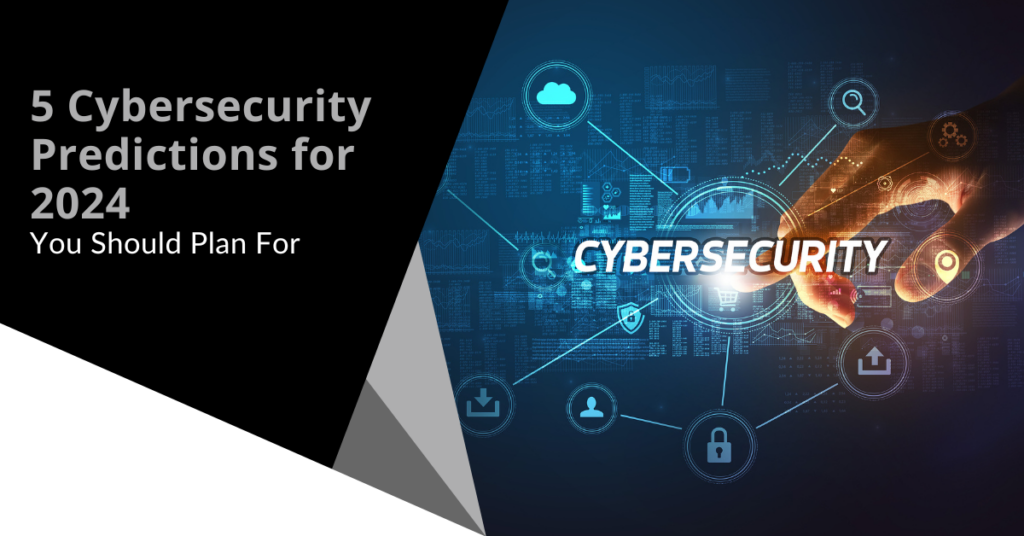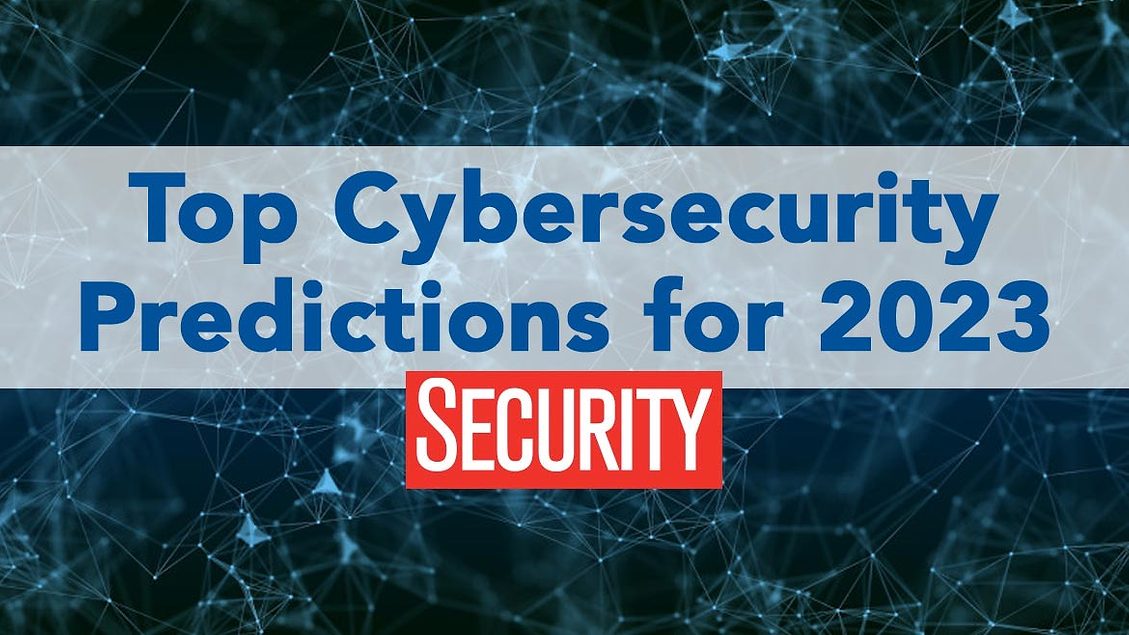Protect against evolving cyber attacks targeting businesses and individuals.
Wiki Article
Future-Proof Your Company: Secret Cybersecurity Predictions You Need to Know
As organizations face the accelerating rate of digital transformation, comprehending the developing landscape of cybersecurity is important for lasting resilience. Forecasts suggest a substantial uptick in AI-driven cyber dangers, alongside increased regulative examination and the essential shift in the direction of Zero Depend on Architecture.Surge of AI-Driven Cyber Risks

Among one of the most concerning developments is the usage of AI in developing deepfakes and phishing schemes that are incredibly persuading. Cybercriminals can make sound and video material, posing execs or relied on people, to manipulate victims into disclosing delicate information or licensing illegal transactions. Furthermore, AI-driven malware can adjust in real-time to escape detection by standard security steps.
Organizations need to identify the immediate demand to strengthen their cybersecurity structures to fight these progressing hazards. This consists of investing in innovative hazard discovery systems, fostering a culture of cybersecurity understanding, and carrying out durable case feedback strategies. As the landscape of cyber hazards changes, aggressive actions come to be crucial for protecting delicate data and keeping organization honesty in a significantly electronic globe.
Boosted Focus on Information Personal Privacy
How can companies efficiently browse the growing focus on data personal privacy in today's digital landscape? As regulatory structures progress and customer expectations climb, companies must focus on robust information privacy approaches.Buying employee training is critical, as personnel awareness straight affects information protection. Organizations must foster a culture of personal privacy, encouraging workers to recognize the value of guarding sensitive info. In addition, leveraging technology to improve information safety and security is necessary. Applying advanced encryption approaches and secure data storage space solutions can dramatically mitigate dangers related to unapproved access.
Collaboration with legal and IT teams is important to line up information personal privacy efforts with service goals. Organizations must additionally engage with stakeholders, including clients, to interact their commitment to data privacy transparently. By proactively dealing with data privacy issues, businesses can construct trust fund and enhance their online reputation, inevitably adding to lasting success in a significantly inspected digital environment.
The Shift to Absolutely No Trust Architecture
In feedback to the advancing danger landscape, organizations are increasingly taking on Absolutely no Depend on Design (ZTA) as a basic cybersecurity technique. This technique is predicated on the concept of "never ever depend on, always validate," which mandates continuous confirmation of individual identities, tools, and information, no matter their area within or outside the network boundary.Transitioning to ZTA involves implementing identification and gain access to management (IAM) remedies, micro-segmentation, and least-privilege gain access to controls. By granularly controlling accessibility to resources, companies can reduce the risk of expert risks and decrease the effect of external violations. ZTA incorporates robust surveillance and analytics capabilities, permitting organizations to identify and respond to abnormalities in real-time.

The change to ZTA is additionally sustained by the boosting adoption of cloud solutions and remote job, which have expanded the strike surface area (7 Cybersecurity Predictions for 2025). Standard perimeter-based protection designs are insufficient in this brand-new landscape, making ZTA a much more resilient and adaptive framework
As cyber hazards continue to expand in class, the adoption of Absolutely no Trust concepts will be crucial for companies looking for to safeguard their possessions and maintain governing conformity while guaranteeing company continuity in an unclear atmosphere.
Regulatory Adjustments coming up

Upcoming regulations are anticipated to address a series of issues, including information privacy, violation notification, and event response methods. The General Information Security Guideline (GDPR) in Europe has actually established a precedent, and comparable structures are emerging in other areas, such as the USA with the recommended federal privacy legislations. These laws commonly enforce strict penalties for non-compliance, highlighting the demand for companies to prioritize their cybersecurity steps.
In Homepage addition, sectors such as finance, healthcare, and important framework are likely to face much more rigid needs, mirroring the sensitive nature of the data they deal with. Compliance will not simply be a legal responsibility however a crucial component of building count on with clients and stakeholders. Organizations needs to stay ahead of visit this page these modifications, integrating regulative demands into their cybersecurity techniques to guarantee durability and safeguard their possessions efficiently.
Significance of Cybersecurity Training
Why is cybersecurity training a critical part of a company's defense strategy? In an age where cyber threats are significantly advanced, organizations have to acknowledge that their employees are usually the very first line of defense. Efficient cybersecurity training equips personnel with the knowledge to recognize prospective threats, such as phishing assaults, malware, and social engineering techniques.
By cultivating a society of protection understanding, organizations can dramatically decrease the threat of human error, which is a leading source of data violations. Routine training sessions guarantee that workers stay notified concerning the most recent threats and finest techniques, thus improving their ability to react properly to cases.
Furthermore, cybersecurity training advertises conformity with regulatory demands, reducing the danger of legal effects and financial charges. It additionally empowers employees to take ownership of their duty in the company's safety and security structure, leading to a positive as opposed to responsive approach to cybersecurity.
Conclusion
In verdict, the progressing landscape of cybersecurity demands positive procedures to address arising threats. The surge of AI-driven go assaults, combined with increased data privacy concerns and the transition to Absolutely no Trust fund Design, requires an extensive method to safety.Report this wiki page